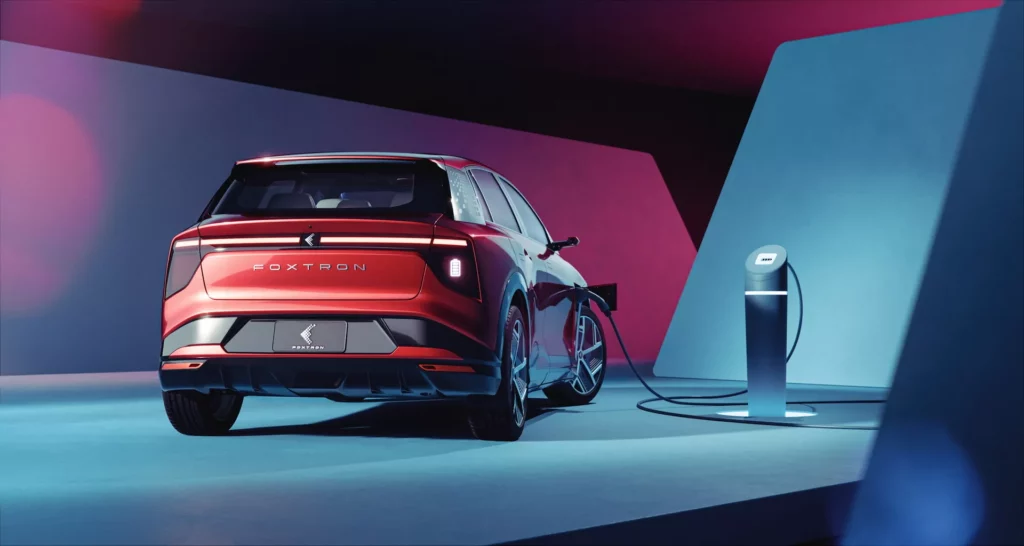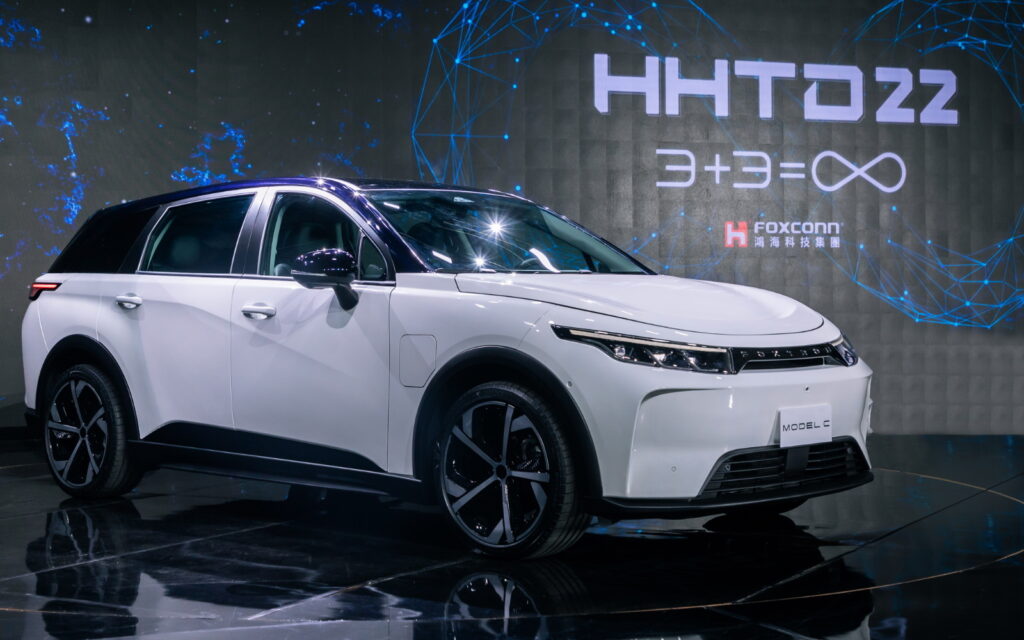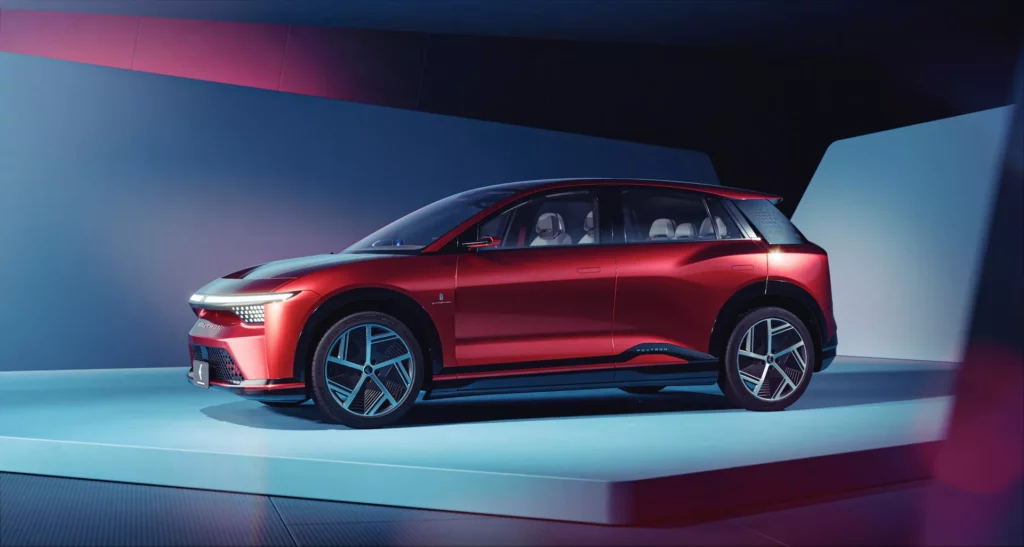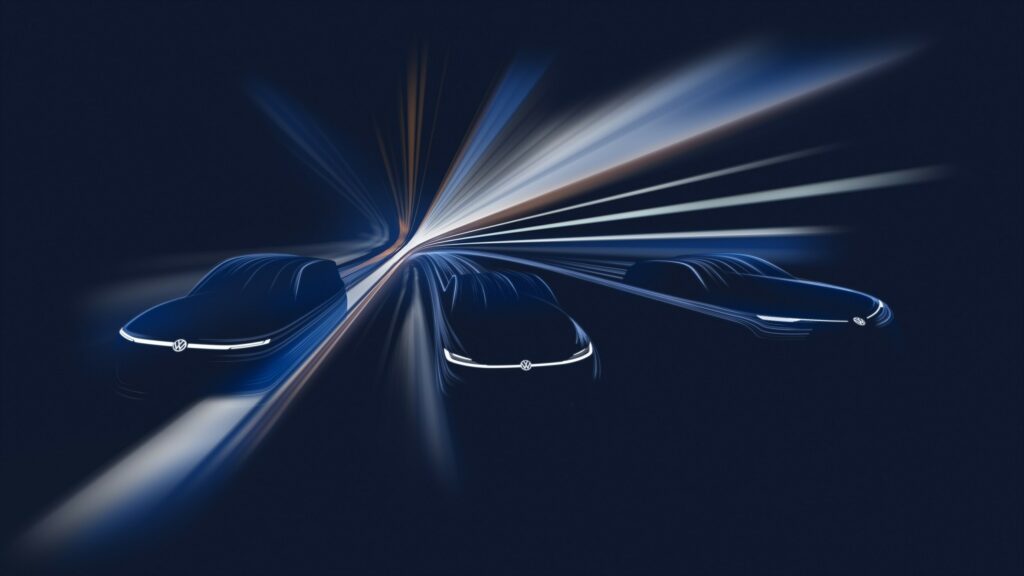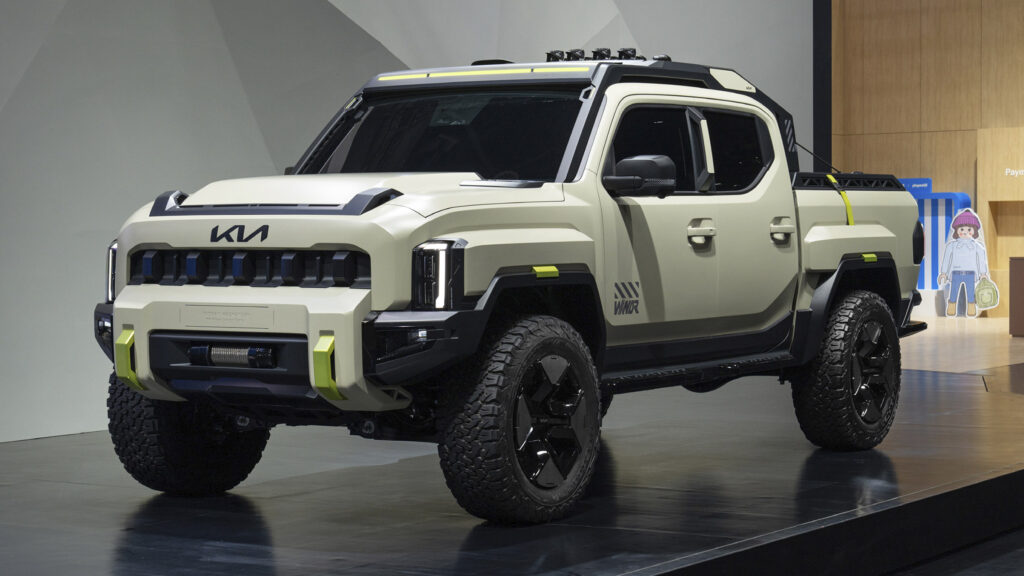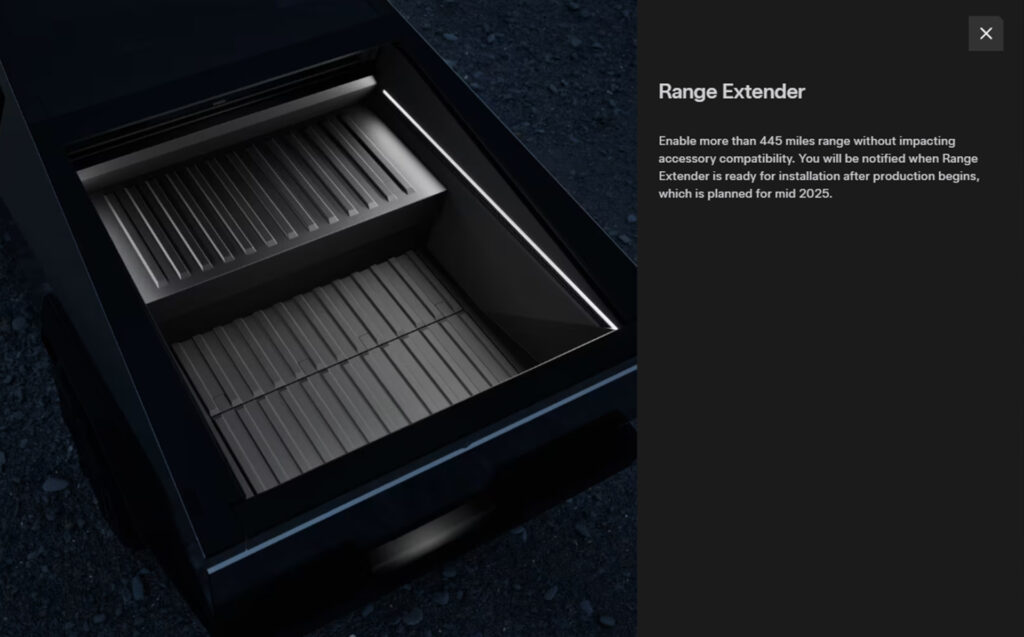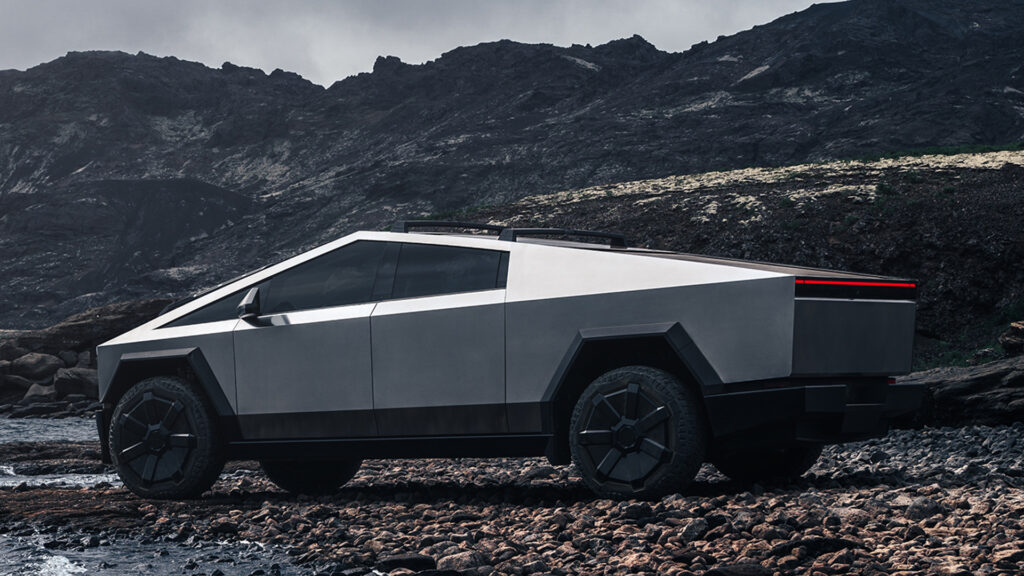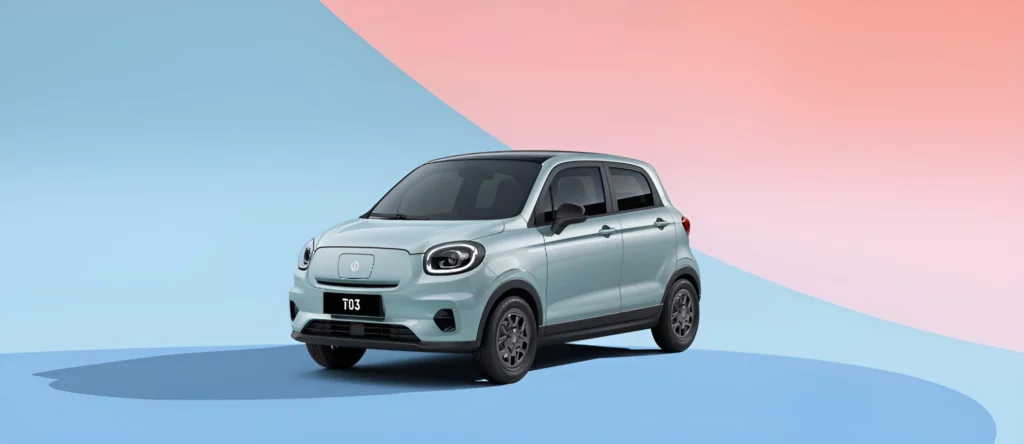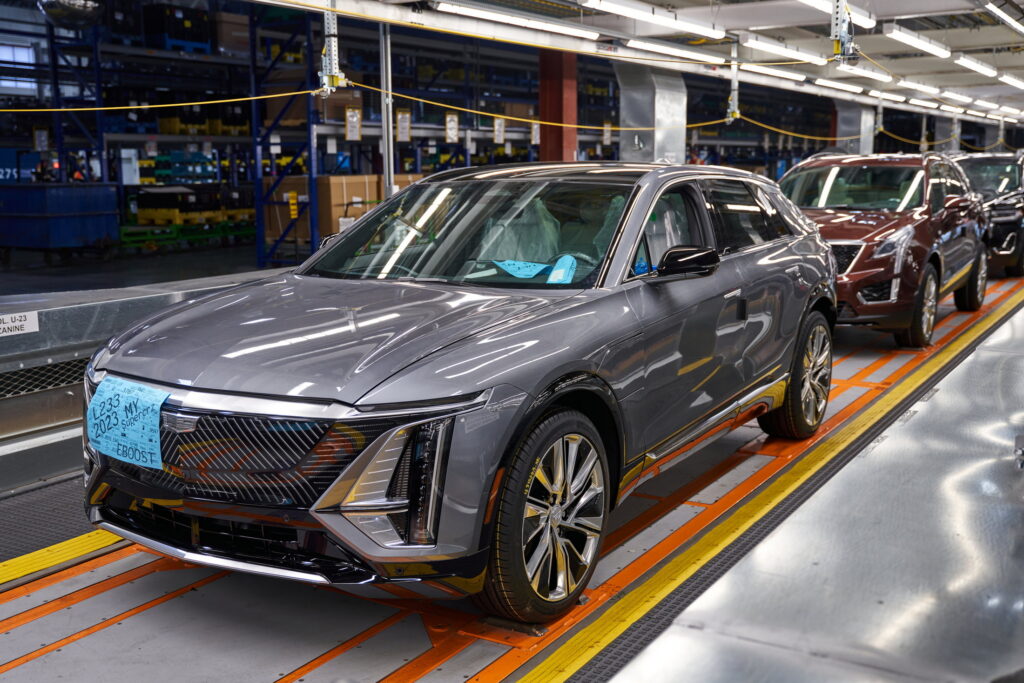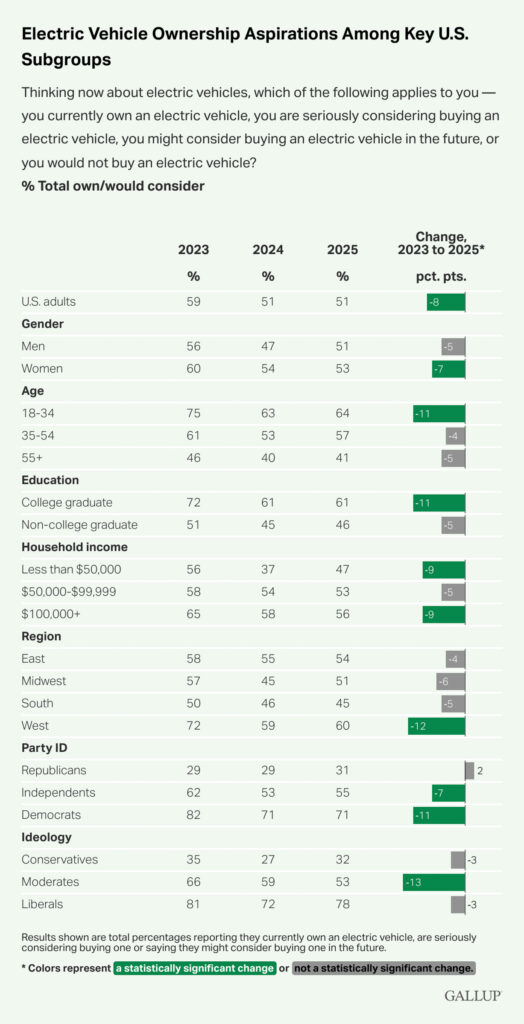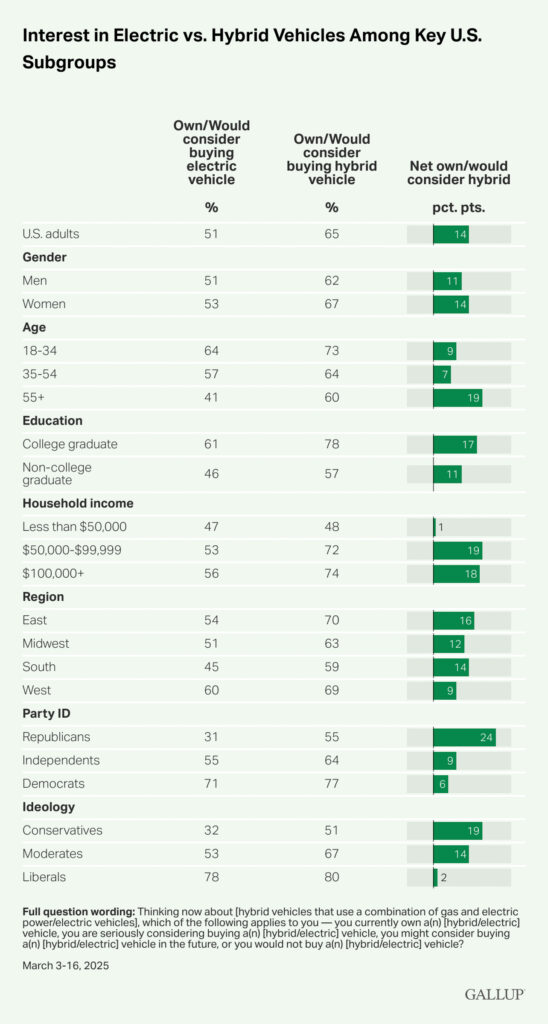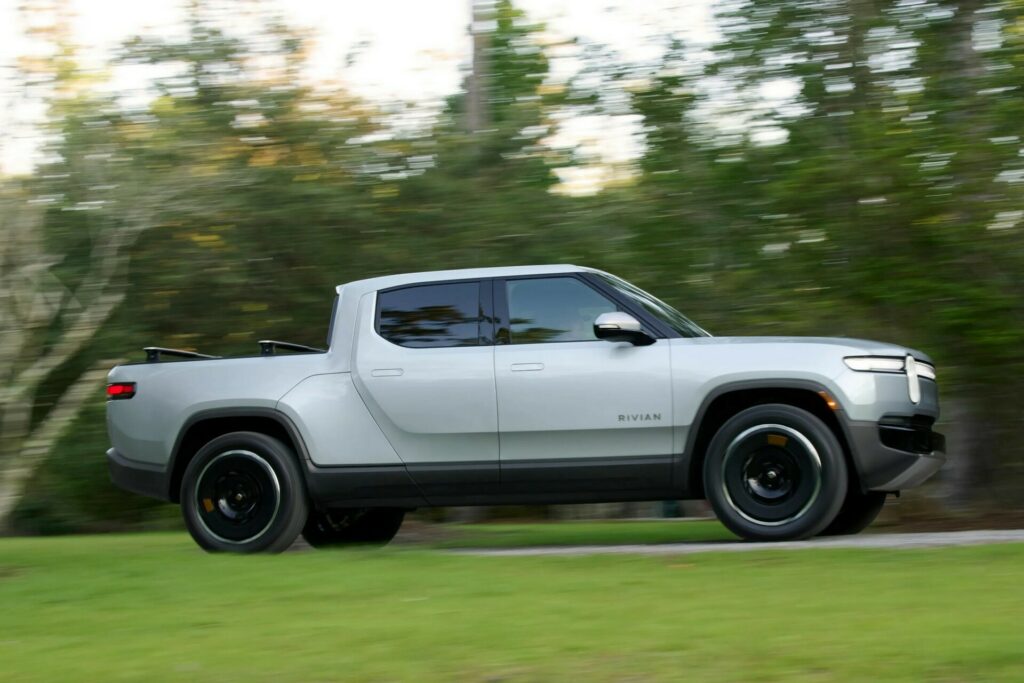LOS ANGELES, Cali. -HopSkipDrive today announced the launch of a first-of-its-kind AI-driven transportation planning platform as part of its RouteWise AI software.
This new offering delivers a major advancement to school districts focused on safe, reliable, and efficient transportation options. It provides comprehensive visibility into unlimited scenarios and national benchmarks, with artificial intelligence analyzing thousands of possibilities, including the risk of delays at existing bus stops and the impact of changing bell times.
Launched in 2023, HopSkipDrive’s RouteWise AI software has helped dozens of school districts around the country improve on-time arrivals, reduce transportation cost by up to 20%, and address chronic labor shortages.
For instance, Denver Public Schools implemented RouteWise AI’s suggestion of increasing the efficiency of small vehicles, leading to savings of more than $500,000 annually. And in Colorado Springs’ District 11, efficiency went up 46% when RouteWise AI increased the share of high-utilization bus routes (defined as 30 students or more), using the same number of drivers and addressing the district’s shortage.
“We’ve been working with RouteWise AI to assess our operational efficiency and support our district in sustaining operations through a driver shortage,” said Veronica Schmidt, transportation director, Snohomish School District in Snohomish, Wash. ”RouteWise AI brings together all of our data – ridership, history traffic, route policies and more – to deliver detailed optimization recommendations that aren’t possible with our current tools.”
The new RouteWise AI dashboard gives district leadership insights into the metrics that matter, including student ride times, costs per rider, and bus utilization rates. Users can compare these metrics against national averages, allowing them to benchmark against peers and track improvements. HopSkipDrive’s team of transportation and change management experts collaborate on the best transportation plan for each district that fit into existing routing software or platforms.
In addition, RouteWise AI is collaborating with EZTransportation, a leading transportation management platform, to deliver seamless end-to-end experiences for school district staff. This reinforces the RouteWise AI “Compatibility Promise” to ensure complementary efforts with, and not replacements to, districts’ existing technologies. This includes the range of solutions EZTransportation provides, such as daily route management, school and parent communication, driver management, fleet maintenance, and activity trip coordination.
“School districts often lack the time or resources to quickly analyze transportation data in one place and implement meaningful changes,” explained Corey McMahon, HopSkipDrive Chief Product and Technology Officer. “RouteWise AI bridges that gap, providing schools’ decision makers, board members and other officials actionable insights directly from their existing routing systems to boost efficiency, reduce costs, and ultimately improve student outcomes.”
School districts across the country, including Ohio County Schools in West Virginia, and dozens more, have utilized RouteWise AI. With RouteWise AI and its care-centered transportation marketplace, HopSkipDrive has supported over 10,000 schools.
About HopSkipDrive:
HopSkipDrive is a technology company that solves complex transportation challenges where there is a heightened need for safety, equity, and care. HopSkipDrive is modernizing the $30 billion school transportation industry through two core solutions: a care-centered transportation marketplace and industry-leading routing software, RouteWise AI. HopSkipDrive’s marketplace supplements school buses and existing transportation options by connecting kids to highly-vetted caregivers on wheels, such as grandparents, babysitters, and nurses in local communities. RouteWise AI helps schools and districts address critical challenges, including budget cuts, bus driver shortages, and reaching climate goals. HopSkipDrive has supported over 10,000 schools across 17 states, with over 600 school district partners. More than three million rides over 61 million miles have been completed through HopSkipDrive since the company was founded in 2014 by three working mothers.
The post HopSkipDrive Launches New AI-Powered School Transportation Dashboard, Increasing Visibility and Efficiency Across Districts’ Transportation Systems appeared first on School Transportation News.

